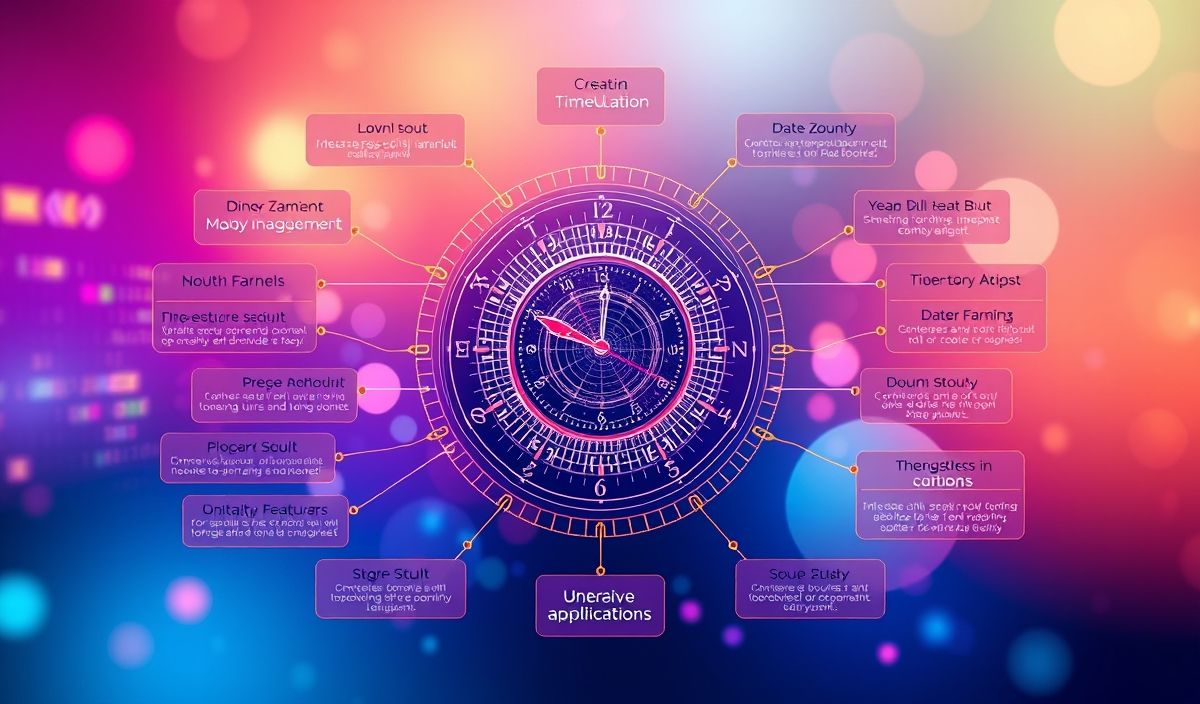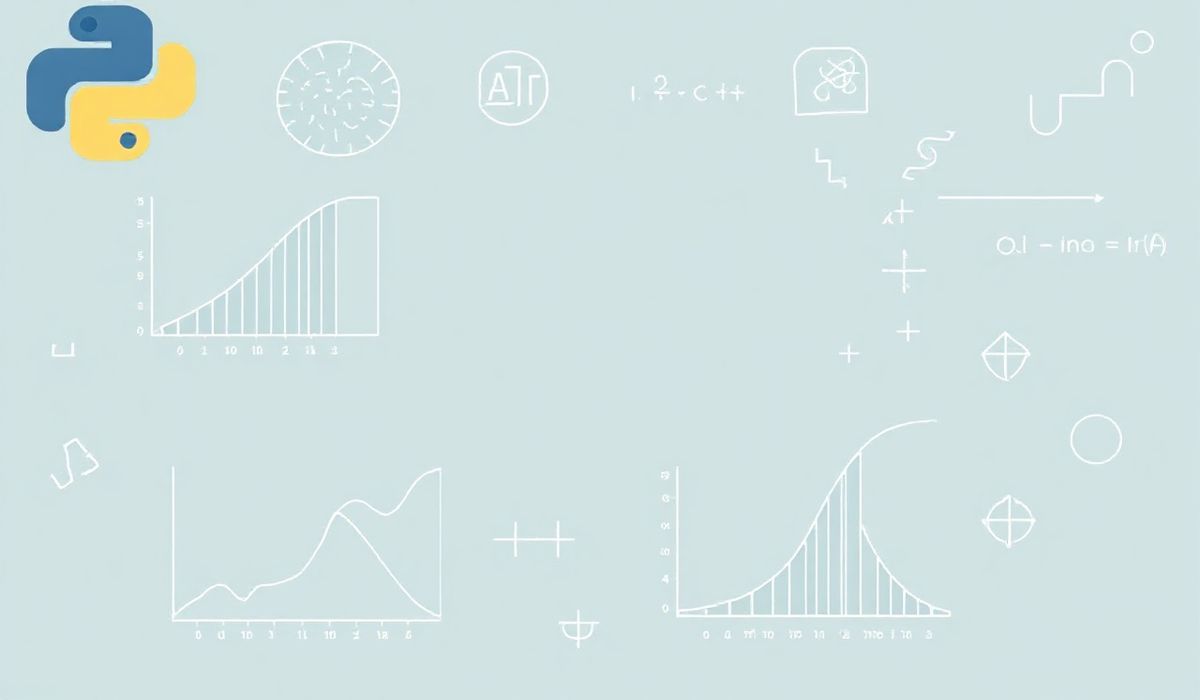Introduction to Luxon: A Powerful Date and Time Library for JavaScript
Luxon is a modern JavaScript library for working with dates and times, offering a comprehensive set of APIs that are more lightweight and convenient than other libraries such as Moment.js. With Luxon, handling date and time in JavaScript becomes easier and more efficient. In this guide, we’ll introduce Luxon, exploring its powerful APIs and providing code snippets to help you get the most out of this library.
Getting Started with Luxon
To start using Luxon, you need to install it in your project. You can do this via npm:
npm install luxon
Once installed, you can import the library as follows:
import { DateTime } from 'luxon';
Creating DateTime Objects
The foundation of Luxon revolves around the DateTime object. Here are some ways to create DateTime instances:
// Current DateTime
const now = DateTime.now();
console.log(now.toString());
// Specific DateTime
const specificDate = DateTime.local(2023, 10, 25, 12, 30);
console.log(specificDate.toString());
// Parsing from String
const fromString = DateTime.fromISO('2023-10-25T12:30:00');
console.log(fromString.toString());
Formatting DateTime Objects
Luxon offers various methods to format DateTime objects:
const dt = DateTime.now();
// Standard format
console.log(dt.toLocaleString(DateTime.DATETIME_MED));
// Custom format
console.log(dt.toFormat('yyyy LLL dd'));
Manipulating DateTime Objects
You can easily manipulate DateTime objects using Luxon:
const now = DateTime.now();
// Adding time
const plusThreeDays = now.plus({ days: 3 });
console.log(plusThreeDays.toString());
// Subtracting time
const minusTwoHours = now.minus({ hours: 2 });
console.log(minusTwoHours.toString());
Time Zones and Offsets
Luxon simplifies working with different time zones and offsets:
const dt = DateTime.now();
// Set time zone
const nyTime = dt.setZone('America/New_York');
console.log(nyTime.toString());
// Convert to another time zone
const parisTime = dt.setZone('Europe/Paris');
console.log(parisTime.toString());
Duration and Intervals
Luxon allows you to work with durations and intervals:
// Duration
const duration = Duration.fromObject({ hours: 2, minutes: 30 });
console.log(duration.toString());
// Interval
const start = DateTime.fromISO('2023-10-01');
const end = DateTime.fromISO('2023-10-15');
const interval = Interval.fromDateTimes(start, end);
console.log(interval.length('days'));
Sample Application
Let’s create a simple application that uses some of the APIs we’ve discussed:
import { DateTime, Duration, Interval } from 'luxon';
// Get the current time in local and New York time zones
const localNow = DateTime.now();
const nyNow = localNow.setZone('America/New_York');
console.log('Local time:', localNow.toString());
console.log('New York time:', nyNow.toString());
// Calculate the duration between two dates
const startDate = DateTime.fromISO('2023-10-01');
const endDate = DateTime.fromISO('2023-10-15');
const interval = Interval.fromDateTimes(startDate, endDate);
console.log('Number of days between:', interval.length('days'));
// Add 5 days to the current date
const futureDate = localNow.plus({ days: 5 });
console.log('Future date:', futureDate.toString());
By utilizing the above mentioned Luxon APIs, you can efficiently manage date and time in various applications, from simple scripts to complex systems requiring precise time zone handling and duration calculations.
Implementing Luxon in your project can streamline date and time operations, making your code more readable and maintainable.
Hash: 064cfb74420d2d573b05e14ad58792dd35c2504eb652bf069621854d4f7f2ba6




